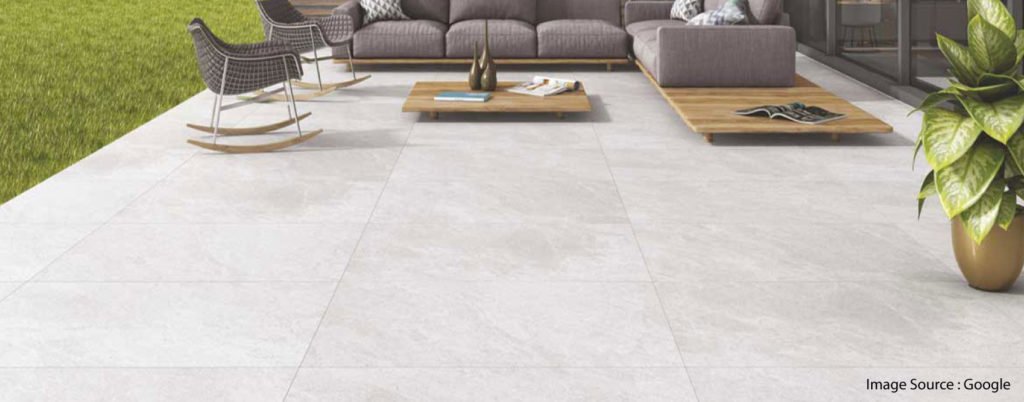When encountered the split road of picking contemporaneous vitrified tiles and amazing classic marble, homeowners come to a pause in their quest to buy the latest options for a magnificent house. Flooring provides a foundation, constancy, and a delicate grounding impact to the overall interior design. It is therefore critical that you select the correct flooring choice for your home, as flooring is a costly project that you may not wish to repeat in near future.

Marble or Vitrified Tiles – Which are better?
For flooring possibilities, vitrified tiles are a contemporary, typically less expensive alternative to marble. They are created by hydraulically pressing clay with a combination of other minerals such as feldspar, quartz, and silica to produce a vitreous or glassy surface. Because of its low porosity, scratch, water, and frost resistance, vitrified tiles are quickly becoming an easy alternative for marble. Is this alternative, however, as excellent as it appears?
Properties and Adaptability
Vitrified tiles come in a wide range of styles, colors, prints, and textures. Anti-skid, granular, and glossy varieties of vitrified or porcelain tiles are available. They sometimes incorporate such design aspects into their synthesizing materials that can feasibly replicate natural flooring alternatives such as marble and wood.
Maintenance and Porosity
Marble is known to be more porous as compared to vitrified tiles, however, applying sealer on a regular basis rectifies the issue of wetness and porosity while also restoring the glossy sheen. Staining is a problem where vitrified tiles appear to outperform marble, however stains and spills don’t get absorbed if cleaned soon. Furthermore, the porosity of marble differs by grade, and most natural stone providers offer low-porosity imported marble versions that are heavily resistant to stains.
Marble doesn’t ask for heavy maintenance—just a basic water-based soap water, clean wipes, and completely dried will keep your floors sparkling. Depending on their texture, vitrified tiles require varying levels of upkeep, including scrubbing and tedious cleaning techniques.

Visuals
Vitrified tiles are made artificially and readily mass-produced, whereas marble slabs are totally unique in themselves. The uniqueness and lavishness associated with marble cannot be equaled by tiles in any way. The grout outlines in installing vitrified tiles are not as smooth as those in marble and might be an eyesore. Marble’s color variations, tints, and aesthetic appeal are the primary reasons that make it a flooring of choice for most luxury homes. The natural brilliance provided by marble after finishing is why no one ever qualms about choosing marble.
Health
Vitrified tiles are so solid, cold, and inflexible that physicians advise avoiding them. They have been found to put undue strain on joints, resulting in joint discomfort and jammed knees in many situations. Being a natural stone, marble is a superior option. Surprisingly, if properly cleaned, marble may keep microbes and micro-bacteria at bay.
The Conclusion
From the above points, it can be easily understood that both vitrified tiles and marble have their own pros and cons. The selection of them depends on the exact nature of the application, quantity, cost, required maintenance, and others. One most important thing to keep in mind is to choose high-quality marble or vitrified tiles to get the best outcomes

